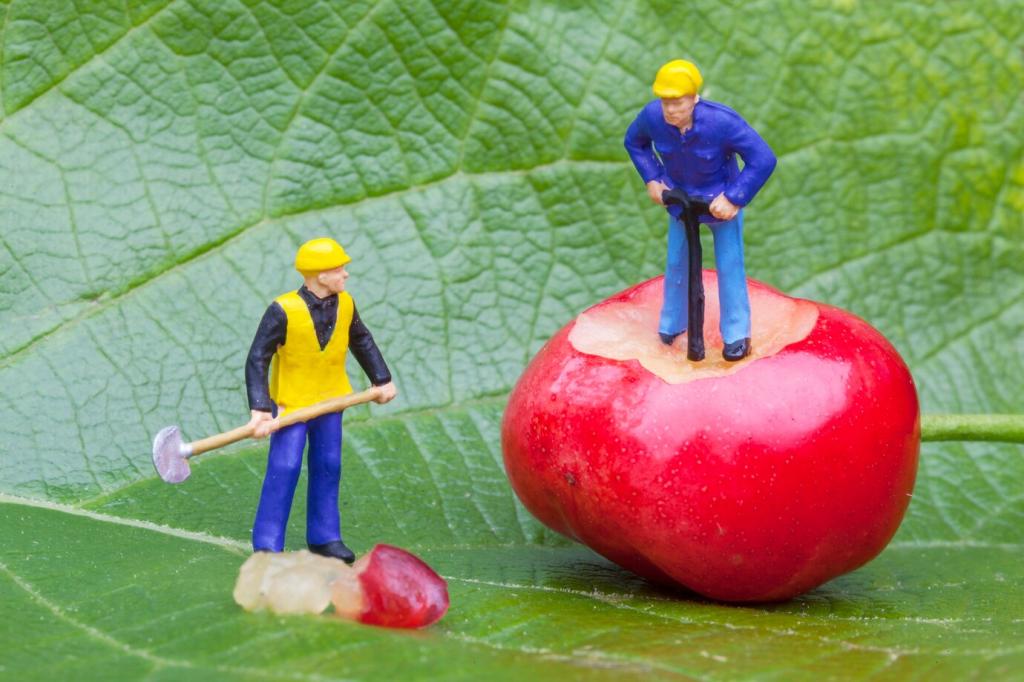Protecting Furniture from Sun Damage the Eco Way
Chosen theme: Protecting Furniture from Sun Damage the Eco Way. Welcome to a sun-smart, planet-kind approach that preserves the character of wood, fabric, and leather while keeping waste low, toxins minimal, and style beautifully natural. Subscribe for ongoing eco-wise ideas and inspiring home stories.


Know Your Sun: How Light Damages Wood and Fabric
Sunlight contains ultraviolet radiation that breaks chemical bonds in dyes and finishes, causing fading and brittleness. Heat dries natural oils in wood and leather, speeding cracks. Over months and seasons, tiny changes add up. Eco protection works best when we address all three factors together.
Know Your Sun: How Light Damages Wood and Fabric
Look for subtle halos on table edges, lighter patches beneath vases, or fabric panels that no longer match their hidden sides. Leather may feel chalky; wood may lose luster. Catching these hints early lets you intervene with mild cleaners, gentle oils, and simple shading before damage escalates.
Natural Light Management Without Waste
Tall palms, rubber plants, and trailing pothos soften glare near bright windows, diffusing rays before they strike wood and textiles. Their leaves scatter light, while transpiration cools the microclimate. Pick non-invasive species, rotate seasonally, and group in movable clusters. Tell us which plants are thriving in your sunniest spot.
Natural Light Management Without Waste
Undyed linen and organic cotton in tighter weaves temper harsh light without smothering a room. Layer sheer panels with heavier drapes to fine-tune brightness across seasons. Air-dry to extend life, and repair hems rather than replace. My grandmother’s mended linen still glows beautifully—proof that durability can be elegant.


Melt grated beeswax and blend with a small portion of food-safe citrus solvent and a neutral oil to create a gentle polish. Patch test an inconspicuous spot, then buff thinly with a soft cloth. The finish revives luster and adds a subtle barrier. Share your recipe tweaks and buffing playlist.
Nourish, Don’t Suffocate: Eco Finishes That Defend
Pure tung oil polymerizes into a durable, water-resistant network; raw linseed nourishes deeply but cures more slowly. Apply several thin coats, allowing adequate time to harden between layers. Avoid unnecessary additives, and ventilate well. Tell us which oil protected your tabletop best through a bright, relentless summer.
Nourish, Don’t Suffocate: Eco Finishes That Defend

Upcycling Covers and Conscious Textiles
01
Sew a Slipcover From Deadstock
Measure generously, pre-wash for shrinkage, and choose robust seams. Ties or buttons beat zippers for longevity and easy repairs. Deadstock or thrifted sheets can become tailored covers that shrug off strong light. Share photos of your transformations and the unexpected materials you turned into protective elegance.
02
Choosing UV-Stable Outdoor Fabrics Indoors
Solution-dyed acrylics and recycled-performance textiles resist fading and can be used sparingly for window-side cushions or benches. Look for transparency on chemical treatments and certifications. Balance durability with breathability by mixing natural fibers elsewhere. Drop a comment if you’ve found a truly comfortable, responsibly made fabric line.
03
Natural Dyes That Fade Gracefully
Tea, walnut, and madder root create hues that evolve slowly, embracing a living patina rather than fighting time. Dye removable covers so refreshes are easy. Document your color shifts season by season, and tell us how embracing gentle fading changed your relationship with sunlight and sentimental pieces.
Case Study: The Sunlit Bay Window Rescue
An oak sideboard and a velvet chair faced a blazing bay window. We logged midday hotspots with a light meter app and noticed pale bands where decor once sat. That simple audit reframed the plan. Try your own mapping and share what surprised you about your light patterns.
